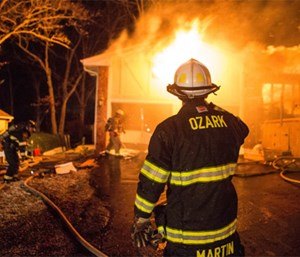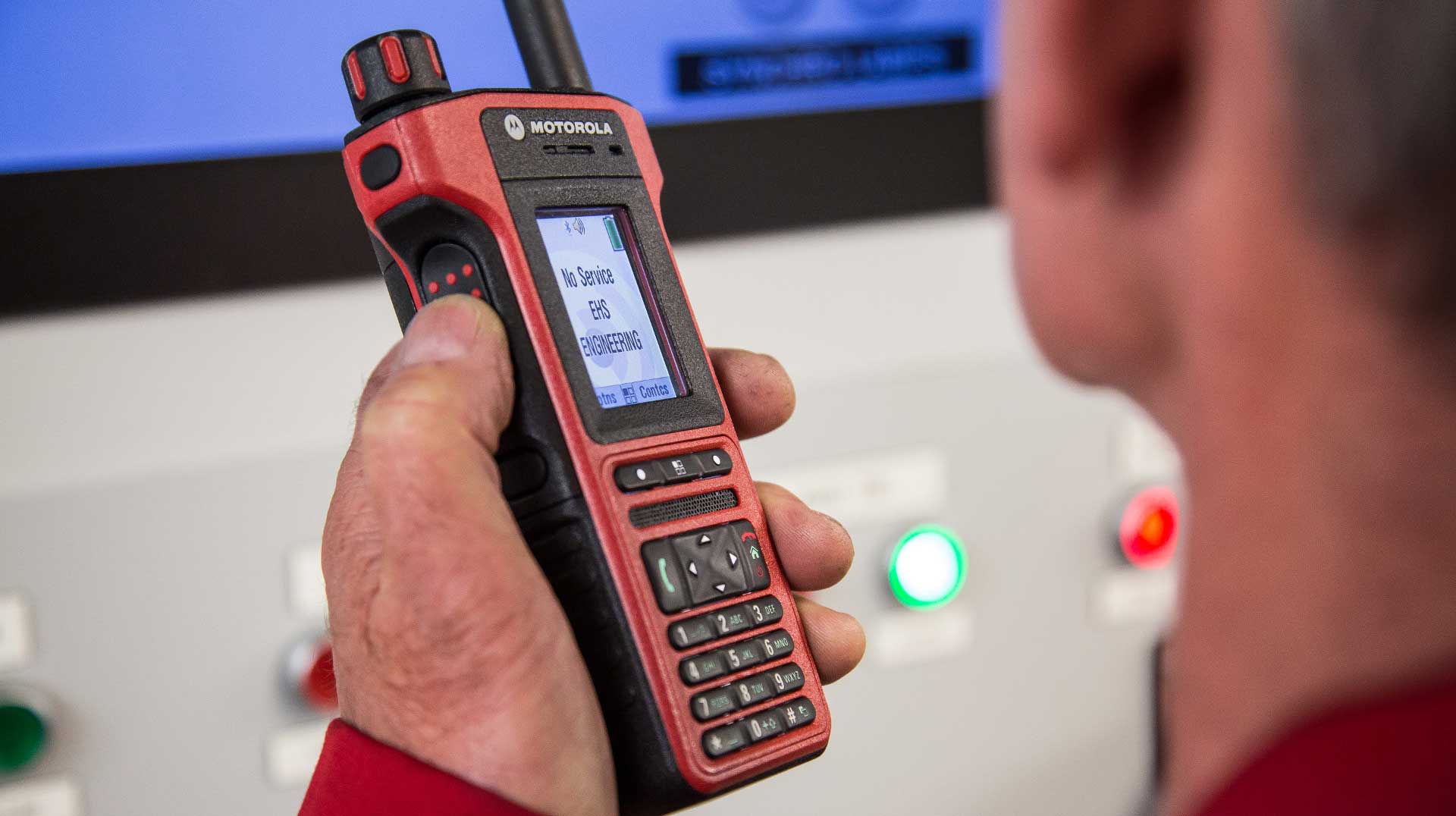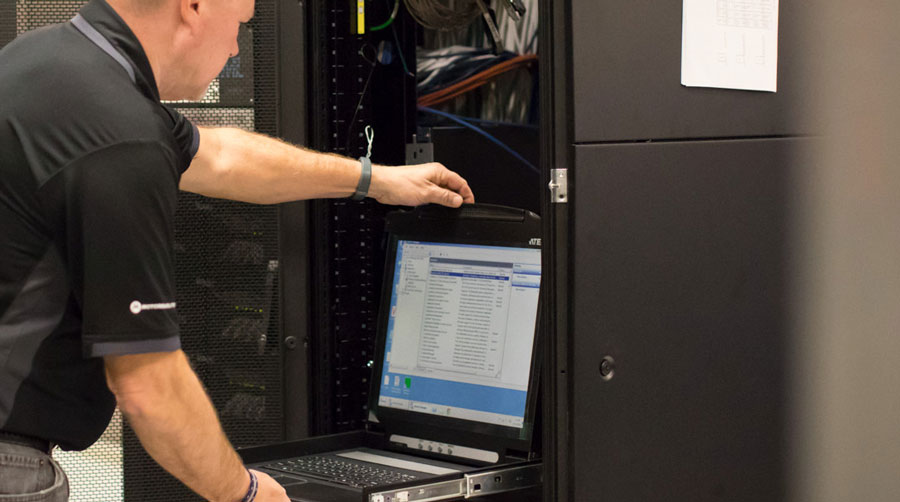One of the biggest areas for firefighter performance improvement on the fireground is radio communications. Responding firefighters need communications training for their safety and the safety of the mission.
Communicating clearly and effectively can be difficult on a normal day, and we all know that fireground communications can be extremely challenging. Conveying direction or and orders to other firefighters is no easy feat, however, add in the emergent nature of the scene and different agencies all attempting to work together, and you have an issue that must be addressed.

Take a few moments during a training session and work on your fireground communication skills. (Photo/Joe Thomas of Greenbox Photography)
Basic fireground communication
The dictionary defines communication as “a process by which information is exchanged between individuals through a common system of symbols, signs or behavior.” This process can be tough, as most situations that firefighters are attempting to communicate in are high stressed and fast-paced.
A simple drill is to have your crew attempt to describe an object or event verbally to evaluate how they perform in descriptive communication. Accomplish this drill by playing a form of verbal charades. Write down several different tools from the fire apparatus on 3×5 cards, have crew members select a card and then verbally describe what the tool is, without using its name, allowing other members to identify the tool.
Many will find that is not as easy as it sounds, however, the game allows them to see areas for improvement in regards to communication. It’s almost guaranteed you will hear someone say, “You know, that thing that connects to the thing.” Keep it lighthearted, but also stress the importance of training for the complicated fireground environment.
Initial on-scene communications
Next, move to something a little more challenging. Show a crewmember a picture of a house fire and ask them to describe it as if they were the first unit arriving on-scene at the emergency.
They should be able to paint a picture of the type of structure and the level of fire involvement. Next, have them give the same initial on-scene report over a portable radio on a tactical channel, building on what they have already learned.
As each crewmember becomes more comfortable verbalizing their thoughts over the radio, have them provide tactical assignments to the first arriving units. This will challenge them to think through their communication before relaying it. They will need to consider what should be occurring and who should be performing that task, and be able to communicate those needs clearly over the radio. When completed, crewmembers should be able to give a comprehensive initial on-scene report detailing all elements to responding units.
Communication order model
Always encourage the use of the communication order model. When conveying any message over the radio – and even face-to-face if necessary – follow the order model, as it is the best approach to ensure that your message has been conveyed and understood.
Have your crewmembers practice and begin to utilize this in their daily fireground communications. In training, have one crewmember serve as the incident commander and provide direction over the portable radio. An example would be:
- Command: “Truck 7 from Command.”
- Truck 7: “Command from Truck 7, go ahead.”
- Command: “Truck 7 ladder the structure, Side C, second and third floors.”
- Truck 7: “Truck 7 received, ladder the structure, Side C, second and third floors.”
- Command: “Command received.”
This simple but effective form of communication addresses a very important fireground task that is often overlooked because training is deemed unnecessary. Take a few moments during a training session and work on your fireground communication skills.
Be safe and train hard!



